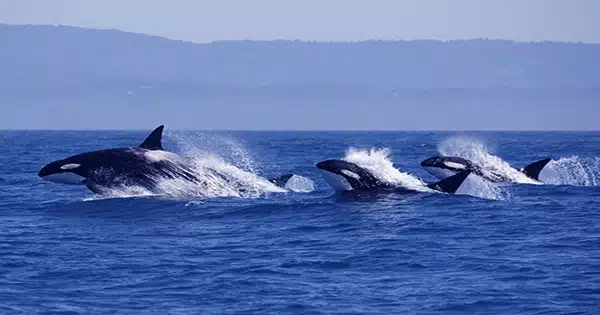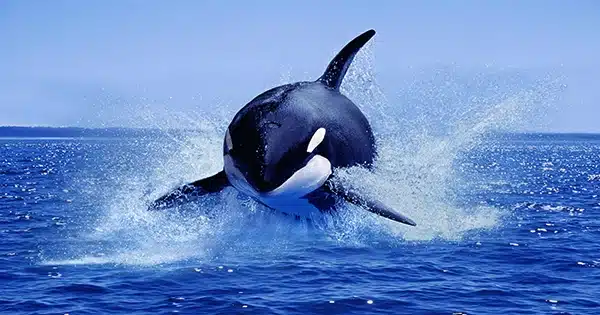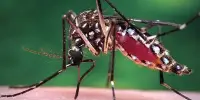Orcas are currently the unusual subject of memes, following a series of attacks on boats in Europe that prompted experts to suspect they were teaching calves how to target the rudder and halt the vessels.
The “organize” pun, the idea of orcas rising up against humans, and killer whales becoming communists have dominated memes.
Orcas are not immune to memes and cultural trends, as evidenced by the dead salmon hat trend of 1987, among many others.
One female orca from K-pod began carrying a dead salmon around on her nose in the Puget Sound area of the northeast Pacific. The practice expanded over the next 5-6 weeks, and at the end of it, orcas from her pod and two other pods were wearing dead salmon caps. Then, all of a sudden, the craze had passed. With the exception of a few instances the following summer – latecomers, like humans, only now deciding to wear Uggs – the pattern has never been witnessed since.

Less adorable (at least from the perspective of non-salmon) cultural habits observed in Salish Sea killer whales include pestering and sometimes killing porpoises.
“They do not eat the porpoise,” Deborah Giles, science and research director at Wild Orca, told Atlas Obscura, “they just kind of play with them to death.”
Juvenile orcas have been observed playing with fishing equipment, shifting crab and prawn traps, and wrapping themselves in lines, maybe as a game off the west coast of the United States.
“Killer whale fads come and go, and they’re often more prevalent in certain sex and age classes in the population.” Then, over time, they tend to go,” Jared Towers, director of Bay Cetology, told Discover.
“I sincerely hope that this behavior results in that. But this has been going on for a while. Therefore, we are unsure of what to anticipate.
While some of these valuable cultural practices—like the salmon hats—may be passed down through the years, others vanish and are forgotten.













